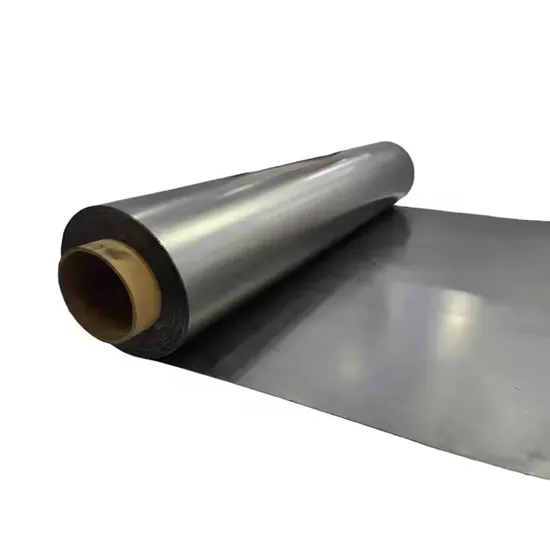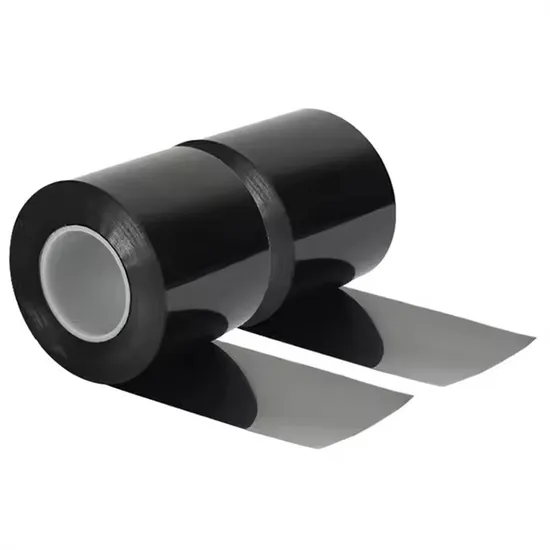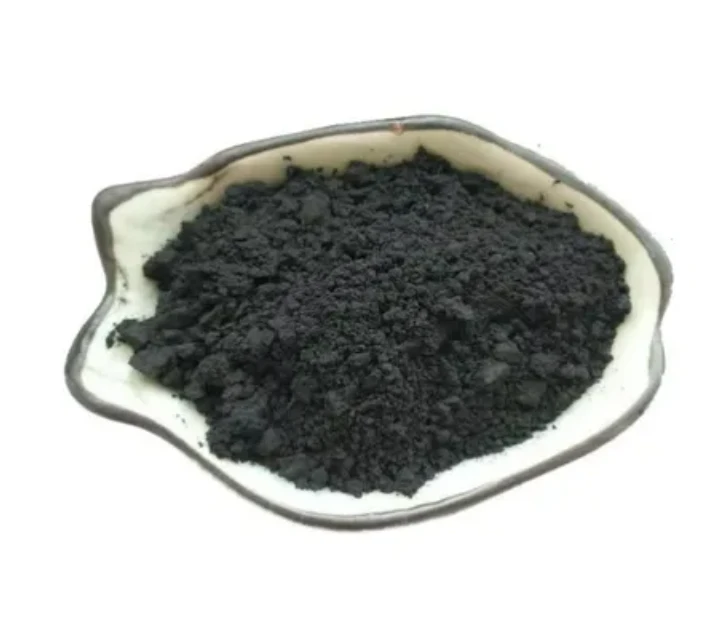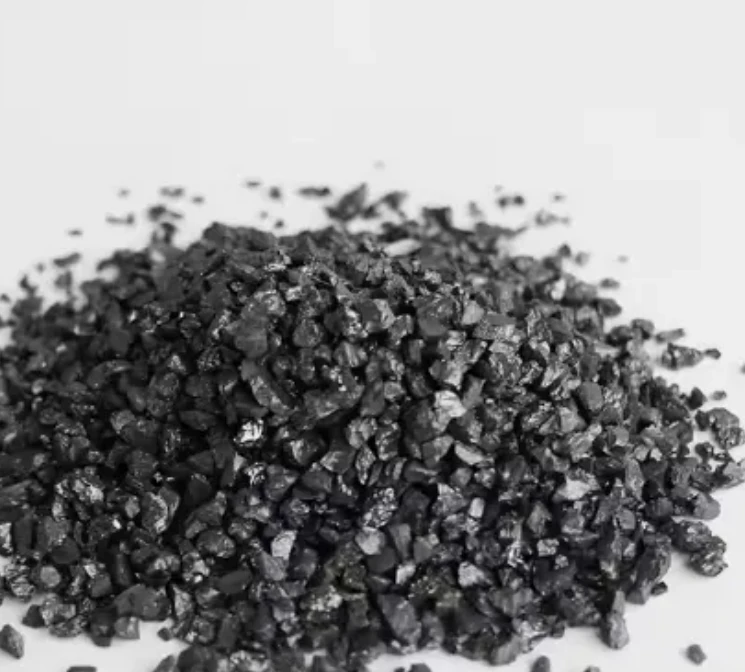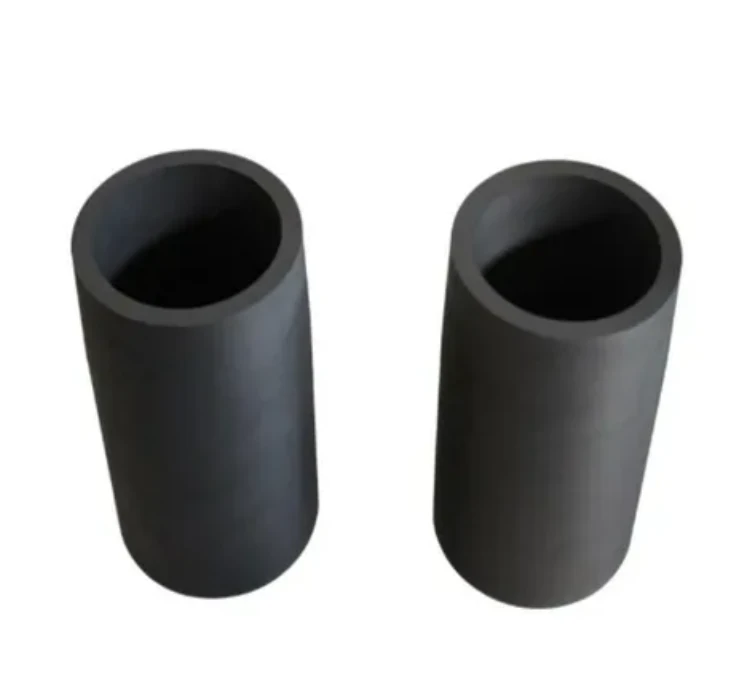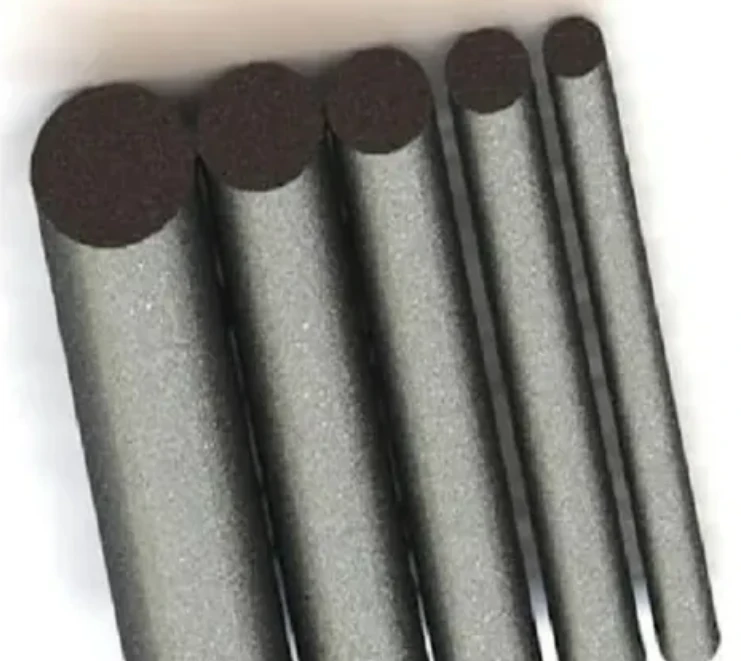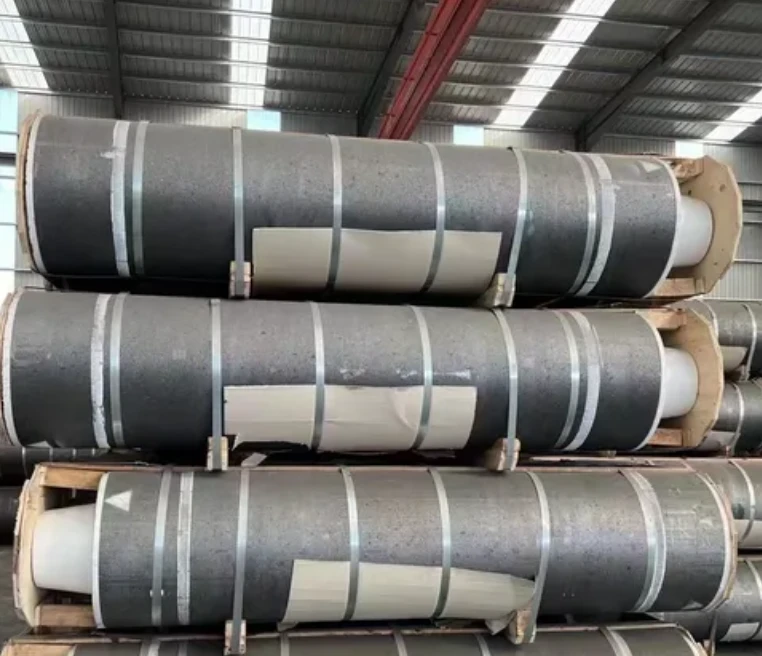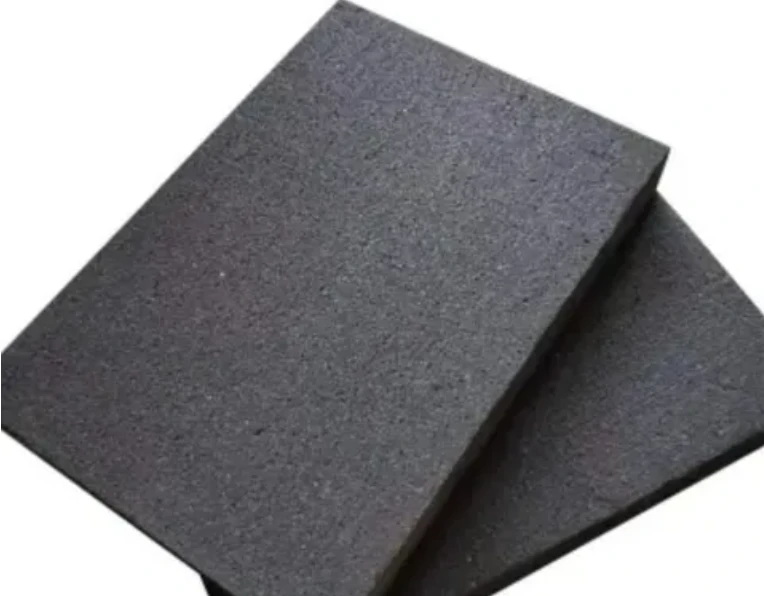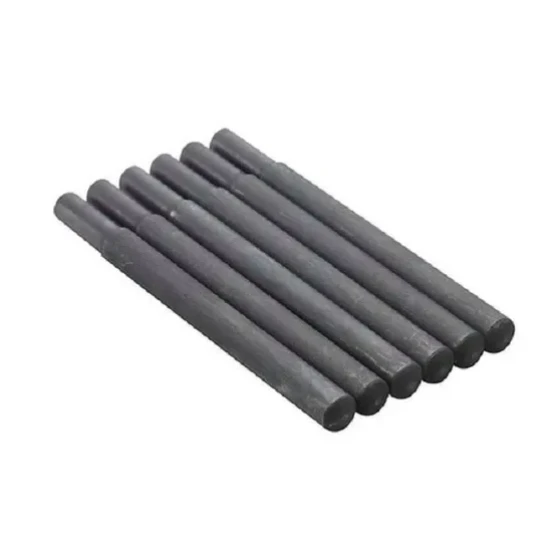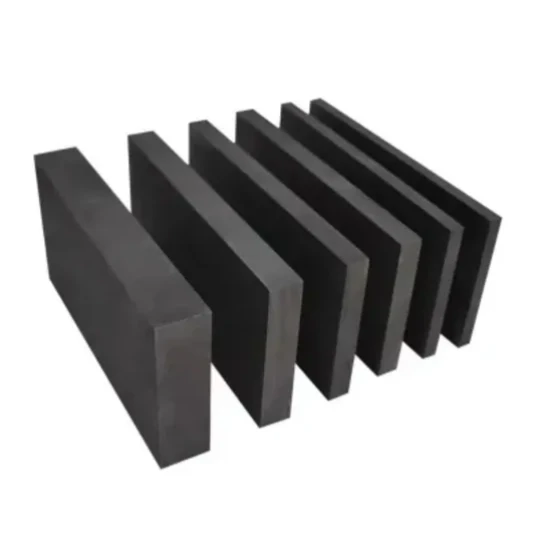- Englist


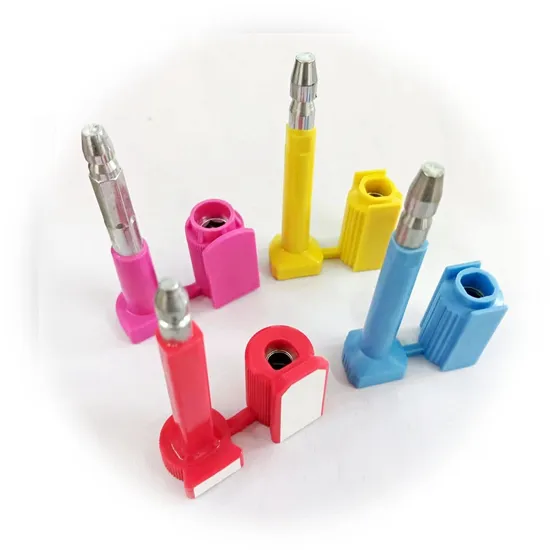
- Introduction to Graphite Electrodes in Electrolysis
- Technical Advantages & Material Properties
- Performance Comparison: Leading Manufacturers
- Customization for Industrial Applications
- Case Study: Electrolysis Efficiency Improvements
- Innovations in Electrode Design
- Sustainable Solutions with Graphite Components

(graphite electrode for electrolysis)
Graphite Electrodes: Powering Modern Electrolysis
In industrial electrolysis systems, graphite electrodes serve as critical conductors, enabling processes from metal refining to hydrogen production. With a global market projected to reach $12.7 billion by 2028 (CAGR 5.9%), these components combine thermal stability (3,600°C melting point) with electrical conductivity (7,200 S/m).
Technical Superiority in Harsh Environments
High-purity graphite (99.95% carbon) outperforms alternatives through:
- Oxidation resistance: 15% slower degradation vs. standard electrodes
- Current density: 45-65 A/cm² capacity in chloride solutions
- Thermal shock resistance: 25% lower expansion coefficient than metals
Recent tests show graphite plates maintain 92% initial efficiency after 8,000 operational hours in aluminum smelting.
Manufacturer Performance Benchmark
| Vendor | Density (g/cm³) | Resistivity (μΩ·m) | Lifecycle (hours) | Cost/Ton ($) |
|---|---|---|---|---|
| GrafTech | 1.78 | 9.2 | 18,000 | 6,200 |
| Tokai Carbon | 1.82 | 8.7 | 20,500 | 7,100 |
| Nippon Graphite | 1.75 | 10.1 | 15,200 | 5,800 |
Application-Specific Engineering Solutions
Customized graphite rods for electrolysis now feature:
- Threaded connections for modular assembly
- Surface coatings (SiC/TiN) for acidic environments
- Precision-machined slots (±0.05mm tolerance)
Brine electrolysis plants report 23% energy savings using grooved electrode designs.
Real-World Efficiency Gains
A zinc refinery achieved these results after upgrading to UHP (Ultra High Power) graphite:
| Metric | Before | After |
|---|---|---|
| Energy Consumption | 3.15 kWh/kg | 2.68 kWh/kg |
| Electrode Replacement | Every 4 months | Every 9 months |
| Purity Level | 99.92% | 99.97% |
Next-Generation Electrode Architecture
Emerging technologies include:
- 3D-printed lattice structures (18% weight reduction)
- Graphene-infused composites (35% lower resistivity)
- Modular plate systems enabling in-situ repairs
Sustainable Electrolysis Through Advanced Graphite
With 78% of green hydrogen projects specifying graphite electrodes for electrolysis, material innovations directly support decarbonization goals. The latest hybrid designs combine recycled graphite (up to 40% content) with performance matching virgin materials.
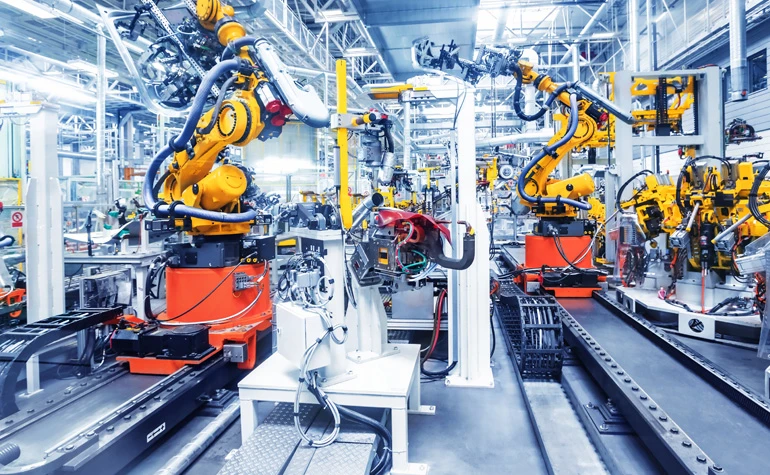
(graphite electrode for electrolysis)
FAQS on graphite electrode for electrolysis
Q: What are graphite electrodes used for in electrolysis?
A: Graphite electrodes are used as conductive components in electrolysis processes to facilitate electrochemical reactions, such as metal extraction or hydrogen production. Their high thermal stability and conductivity make them ideal for harsh electrolytic environments.
Q: Why choose graphite rods over other materials for electrolysis?
A: Graphite rods offer excellent electrical conductivity, corrosion resistance, and durability under high temperatures. These properties ensure efficient and long-lasting performance in electrolytic applications like water splitting or chlor-alkali processes.
Q: How do graphite plates improve electrolysis efficiency?
A: Graphite plates provide a large surface area for uniform current distribution, reducing energy loss. Their chemical inertness prevents unwanted reactions, ensuring stable and efficient electrolysis operations in industrial setups.
Q: Can graphite electrodes be reused in electrolysis systems?
A: Yes, graphite electrodes can often be reused if cleaned properly and not excessively eroded. Regular maintenance and monitoring of wear help extend their lifespan in applications like aluminum smelting or electroplating.
Q: What's the difference between graphite rods and plates for electrolysis?
A: Graphite rods are cylindrical and suited for focused current transmission in small-scale systems, while graphite plates offer broad coverage for large-scale operations. The choice depends on the electrolysis setup's size and required current density.





 Pervious
Pervious
 Next
Next
